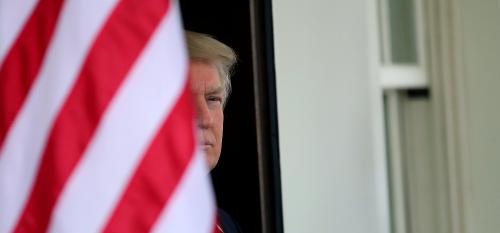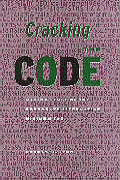This article originally appeared on Real Clear Markets on April 27, 2017.
After 100 days in office, Donald Trump finally released his plan for America’s tax system. The word “plan” may be a stretch, though. Despite all of the hoopla, the White House actually only released a one-page list of bullet points on Wednesday. Even so, it is clear that the Administration’s approach is flawed.
The main tax cuts in the proposal would: reduce the top rate on business income to 15 percent, from the current 35 percent rate on corporate income and 39.6 percent rate for other businesses; cut individual income tax rates; raise the standard deduction; abolish the alternative minimum tax (which snagged Trump for over $30 million in 2005, according to tax return data leaked a few weeks ago); and abolish the estate tax.
Here are four problems with the bullet-point “plan:”
First, the proposals would balloon the federal budget deficit. The Tax Policy Center estimates that Trump’s old tax plan (the second one he released during the campaign) would increase the federal debt by $7 trillion over the first decade. Because his bullet-point list leaves out so many key details, it is hard to know how much Trump’s new plan would cost. The Center for a Responsible Federal Budget’s best guess is that the plan would cost about $5.5 trillion over 10 years, but a lot depends on whether any of the vague promises to close loopholes comes through. In any case, these revenue shortfalls would add to public debt that CBO already projects to be 89 percent of GDP by 2027 and 150 percent of GDP by 2047 before any tax cuts are considered. The Administration will argue that the plan will boost growth sufficiently to offset most direct revenue loss, but economic evidence and plausible models of the economy suggest otherwise.
Second, the plan would create one of the biggest tax shelters ever. By cutting the business rate to 15 percent and setting the top rate on wages at 35 percent, Trump would encourage business owners to cut their own wages and pay themselves in profits instead. Administration officials have promised to prohibit income shifting, but they have not said how, and in reality, it would be extremely difficult to block.
Third, the plan would create an international race-to-the-bottom on corporate tax rates that the U.S. can’t win. One of the supposed attractions of the plan is that lower rates would cause firms to move production, and the resulting tax revenues, to the U.S. from other countries. But other countries are not likely to lay low in response to our efforts to take production and revenue from them. After 1986, the last time the U.S. cut corporate tax rates, other countries followed with a series of corporate rate cuts. The same thing would likely happen now. But other countries are much better equipped to fight this battle because they can – and have – raised their value-added taxes when they cut their corporate rate, so as not to bankrupt the fisc.
Fourth, the tax plan – especially when coupled with Trump’s budget proposals – is enormously regressive. By repealing the AMT, the estate tax, ACA taxes on high-income households, and cutting business tax rates by more than half, the proposals are a frontal assault on the most progressive parts of the tax system. The plan would give eye-popping tax cuts to the very wealthiest households (including the President and his family), while giving virtually nothing in comparison to low-income households. In October, the Tax Policy Center estimated that Trump’s old plan would increase after-tax income for the top 1 percent of households by more than 14 percent (about $300,000) compared to a less than 1 percent increase for the lowest quintile (about $100). Although there are promises to close loopholes and trim deductions, such changes would not come close to offsetting the effects of the rate cuts and the new sheltering activity. The tax proposals, coupled with the President’s proposed harsh budget cuts, could well leave low-income households worse off.
As with health care, the White House appears to have discovered that tax reform is complicated.
The President’s tax proposals are the wrong way to move forward. The fact that even Republicans in Congress are balking at the proposed tax cuts should indicate there is something wrong.
The Brookings Institution is committed to quality, independence, and impact.
We are supported by a diverse array of funders. In line with our values and policies, each Brookings publication represents the sole views of its author(s).










Commentary
Op-edDonald Trump has a tax plan fit for 140 characters
April 27, 2017